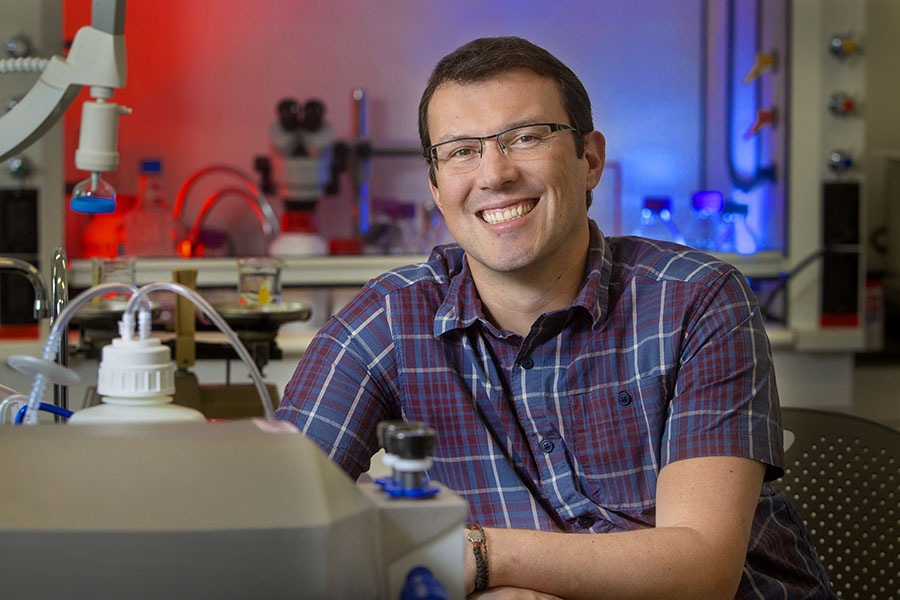
A Florida State University researcher has received a $2.9 million grant from the National Institutes of Health to develop a more effective treatment and diagnosis process for peripheral artery disease (PAD), a condition that afflicts 8.5 million people in the United States.
“At the end of the day, can we do something to help these patients? That’s what’s driving me,” said Assistant Professor of Nutrition, Food and Exercise Sciences Panagiotis Koutakis. “Treatments for PAD are limited right now. Exercise is more of a preventive measure.”
PAD is a circulatory problem that results in reduced blood flow to the limbs. Plaque builds up in the artery, making it difficult for blood to reach the limbs — typically the legs — which causes pain while walking. As the condition worsens, the legs don’t receive enough blood flow to keep up with demand, and chronic disuse can lead to several problems. In very serious cases, it results in leg amputation.
Though lifestyle interventions can be effective early on, patients with PAD often go to the doctor when the disease is already at an advanced stage where there are fewer options.
Current treatments involve either inserting a stent or doing an open bypass. The bypass often results in complications and an adverse event. The stent procedure is also more of a stop gap and typically needs to be repeated after a few years.
Koutakis has partnered with vascular surgeons at Capital Regional Medical Center in Tallahassee and Baylor Scott and White Medical Center in Temple, Texas to study patients who have PAD and catalog common factors that could lead to early diagnosis and intervention. Ultimately, Koutakis hopes to identify a biomarker for the disease so that doctors will be able to catch the warning signs with a routine blood test.
In previous studies, Koutakis found that patients with PAD experienced increased oxidative stress production by the mitochondria. In this project, Koutakis and his collaborators plan to focus on a type of protein that helps regulate mitochondrial function and oxidative stress in the skeletal muscle.




